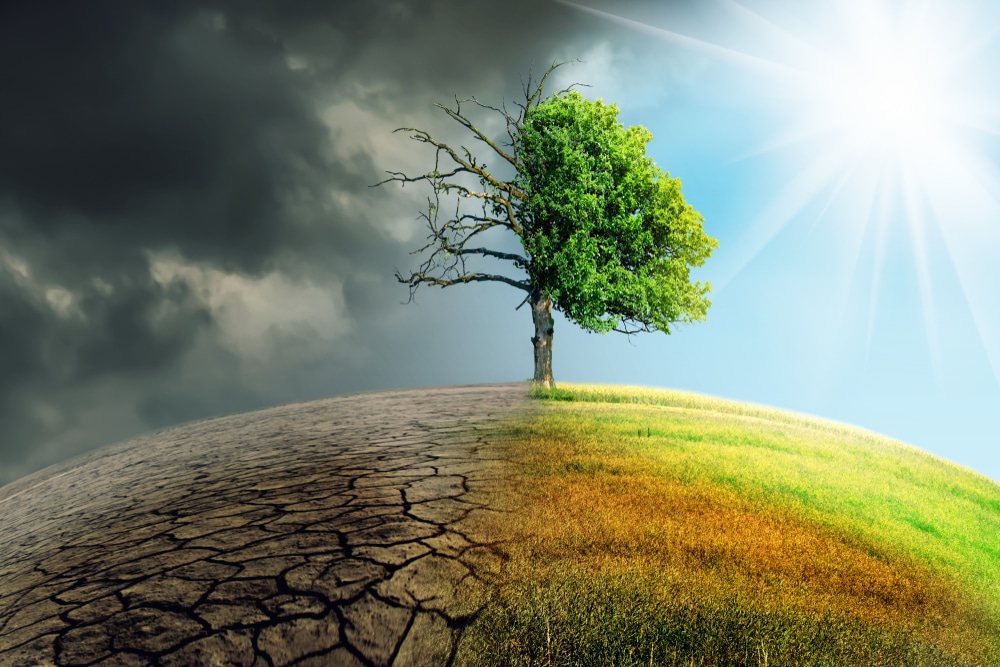Here in Portsmouth, we have a warm and sunny day albeit a bit breezy. Spring is making itself felt, little by little.
Which brings me to the theme of this post, which came to mind when I started considering how the annuity business has certain cycles, one of them being that the second quarter, historically, has been the best for sales. That is partly due to money coming into IRAs and qualified accounts during tax time, of course.
I did a quick review of LIMRA data and found that the industry’s average quarter-over-quarter change for total sales, from Q1 to Q2, was 6%, this for the years 2013 through 2023. That’s inclusive of the COVID-19 related drop in the second quarter of 2020, which I consider an anomaly. When I took that 12.52% out of the equation, the average change was nearly 8%.
What I’m wondering is if this pattern might shift given certain developments, one being the Department of Labor’s fiduciary rule, which has the potential to put a damper on industry production. It won’t move the dial this Q2 as the rule won’t start to take effect until September, but I think it will make a big difference if it stays in place. And yet I agree with an industry actuary I spoke to, who thinks that the industry is calm at this juncture, figuring that: a) it will be challenging the rule in the courts and b) since it has gone through this process once before it is well prepared, even if the rule were to stand.
One must also consider the interest rate environment. The stock market has been banking on the Federal Reserve making cuts this year, but the committee has delayed taking action as inflation is still hot. Once rates start to come down that should make insurers reduce their crediting on fixed and indexed annuities. But will demand remain strong despite that? It could, if investors still crave downside protection.
I also think that, over time, Americans are warming up to income annuities and we could see certain quarter or quarters in which they will sell well. There’s much hope that the in-plan annuity market will start percolating, and if that happens, that should impact seasonal patterns. How will most plan participants draw on their assets? Will it be from SPIAs or DIAs? Lifetime withdrawal benefits? Distributions from life insurance policies (which are marketed in some quarters as retirement income vehicles)? Or will they simply take systematic withdrawals?
The bottom line to me is, given the considerations I’ve listed above, and that 2024 is the “Peak 65” year – which should lead to a slew of retirements – seasonality in this industry may start to change. Perhaps that would be a good thing.








